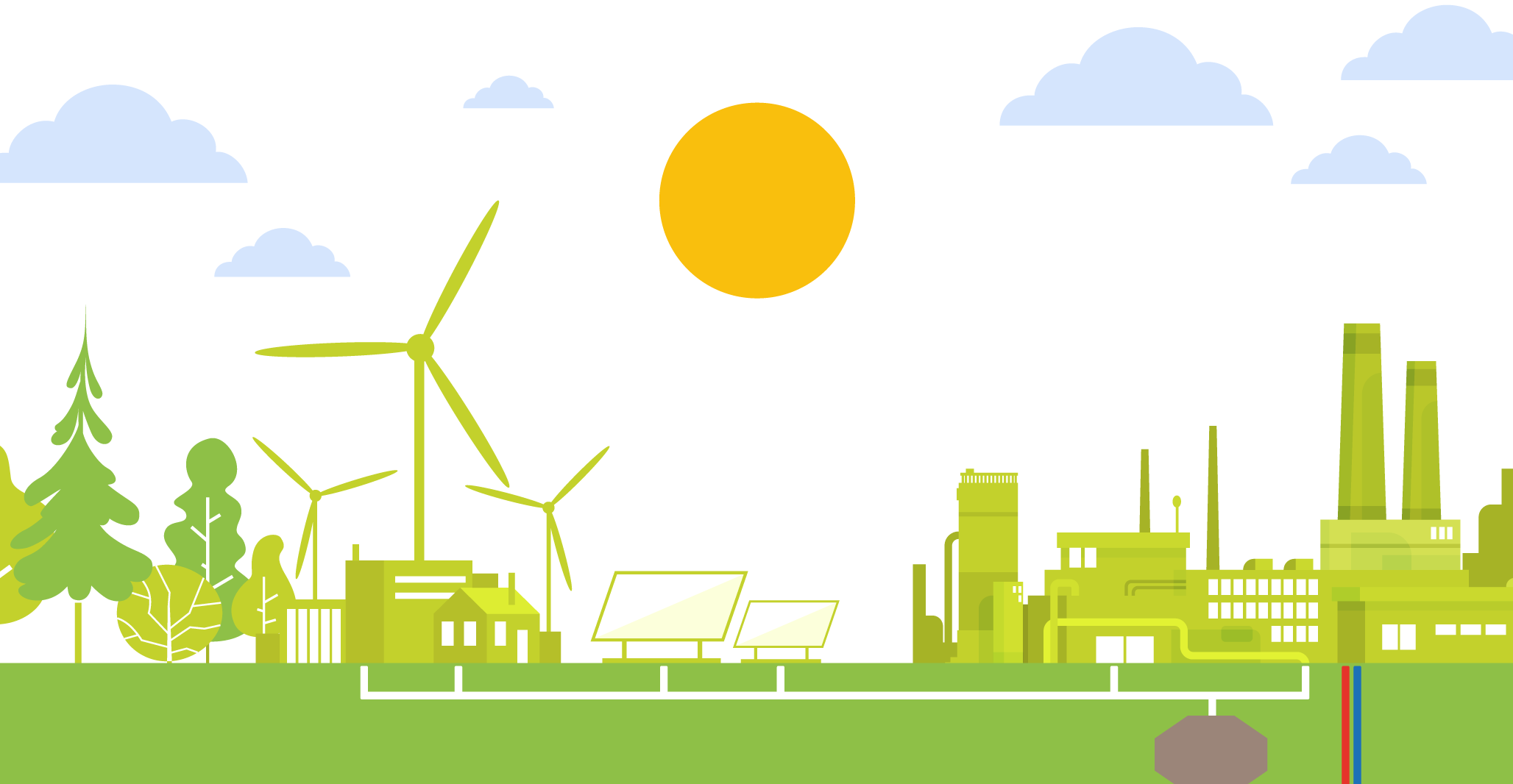RENEWABLE ENERGY SOURCES FOR DISTRICT HEATING AND COOLING
Welcome to our RES DHC website! Here we provide you with news, information and know-how on transforming DHC systems towards higher shares of renewable energy sources.
DECARBONISATION
Transformation of existing district heating and cooling systems is a key issue for the heat transition. On this page you can find out more about the decarbonisation of heating networks.

DECARBONISATION
Transforming heat supply to RES DHC increases local added value and provides liveable climate conditions for the futurePOWER-TO-HEAT
Coupling DHC with renewable electricity provides support to the power grid, making it more resilientSOLAR THERMAL ENERGY
Freely-available solar energy can potentially provide more than the half of the annual heat demandDEEP GEOTHERMAL ENERGY
Deep geothermal energy has large potential to supply base load heat with up to more than a hundred mega wattsINDUSTRIAL WASTE HEAT
Integration of surplus heat into DHC increases system efficiency and reduces primary energy consumptionBIOENERGY
Biomass as a renewable energy source can be used for heat only as well as for combined heat and power (CHP) production and can be easily storedLOW TEMPERATURE USE
Smart integration of heat pumps in DHC provides heat at lower, more-useful temperaturesDISTRIBUTION
DHC networks connect local renewable energy sources with consumers by supplying heat through a series of pipesMULTI-FUNCTIONAL HEAT STORAGE
Thermal storage provides flexibility to heat generators and security of energy supplyTake a look at the RES DHC Brochure.
Follow us on LinkedIn!
